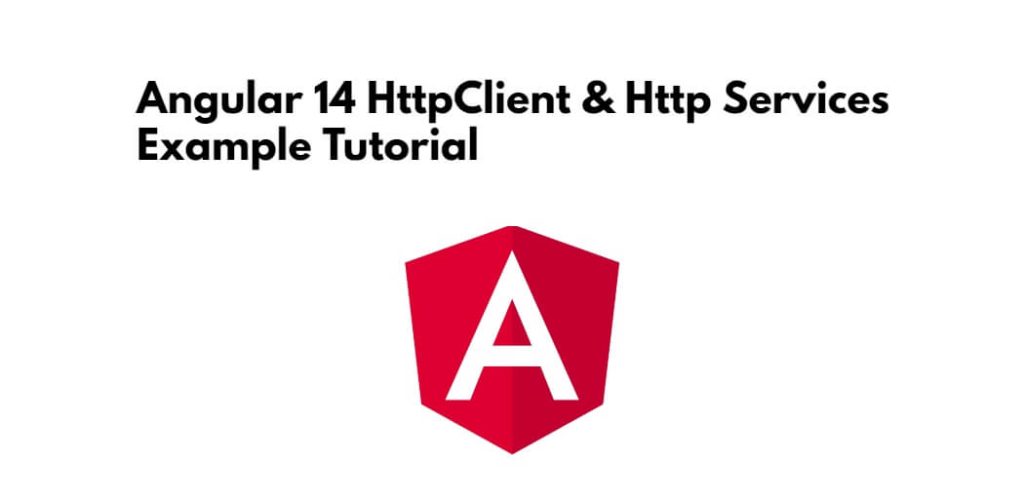Angular 14 services; In this tutorial, you will learn how to create and use services in angular 14 apps.
Services in Angular are simply typescript classes with the @injectible decorator. This decorator tells angular that the class is a service and can be injected into components that need that service. They can also inject other services as dependencies.
Angular 14 Services Example Tutorial
Use the following steps to create and use services using external APIs with angular 13 apps.
- Step 1 – Create New Angular App
- Step 2 – Import Modules
- Step 3 – Create List Html in View File
- Step 4 – Update Component ts File
- Step 5 – Create Services
- Step 6 – Start Angular App
Step 1 – Create New Angular App
First of all, open your terminal and execute the following command on it to install angular app:
ng new my-new-app
Then execute the following command on terminal to install angular material:
ng add @angular/material
Step 2 – Import Modules
Visit src/app directory and open app.module.ts file. Then import modules into it; as follows:
import { BrowserModule } from '@angular/platform-browser';
import { NgModule } from '@angular/core';
import { AppComponent } from './app.component';
import { HttpClientModule } from '@angular/common/http';
@NgModule({
declarations: [
AppComponent
],
imports: [
BrowserModule,
HttpClientModule
],
providers: [],
bootstrap: [AppComponent]
})
export class AppModule { }
Step 3 – Create List Html in View File
Create simple html for displaying a list using services in angular apps. So, visit src/app/app.component.html and update the following code into it:
<h1>Angular 13 HttpClient for Sending Http Request Example - Tutsmake.com</h1>
<ul class="list-group">
<li
*ngFor="let post of posts"
class="list-group-item">
{{ post.title }}
</li>
</ul>
Step 4 – Update Component ts File
Visit the src/app directory and open app.component.ts. Then add the following code into component.ts file:
import { Component, OnInit } from '@angular/core';
import { PostService } from './services/post.service';
@Component({
selector: 'app-root',
templateUrl: './app.component.html',
styleUrls: ['./app.component.css']
})
export class AppComponent implements OnInit {
posts:any;
constructor(private service:PostService) {}
ngOnInit() {
this.service.getPosts()
.subscribe(response => {
this.posts = response;
});
}
}
Step 5 – Create Service
Open a terminal and execute the following command into it to create service for http client request; as follows:
ng g s services/post
Then visit the src/app/ directory and open post.service.ts. Then add the following code into post.service.ts file:
import { Injectable } from '@angular/core';
import { HttpClient } from '@angular/common/http';
@Injectable({
providedIn: 'root'
})
export class PostService {
private url = 'http://jsonplaceholder.typicode.com/posts';
constructor(private httpClient: HttpClient) { }
getPosts(){
return this.httpClient.get(this.url);
}
}
Step 6 – Start Angular App
In this step, execute the following commands on terminal to start angular app:
ng serve
Open your web browser, type the given URL into it: as follows:
http://localhost:4200
Conclusion
Angular 14 services; In this tutorial, you have learn how to create and use services in angular 14 apps.
